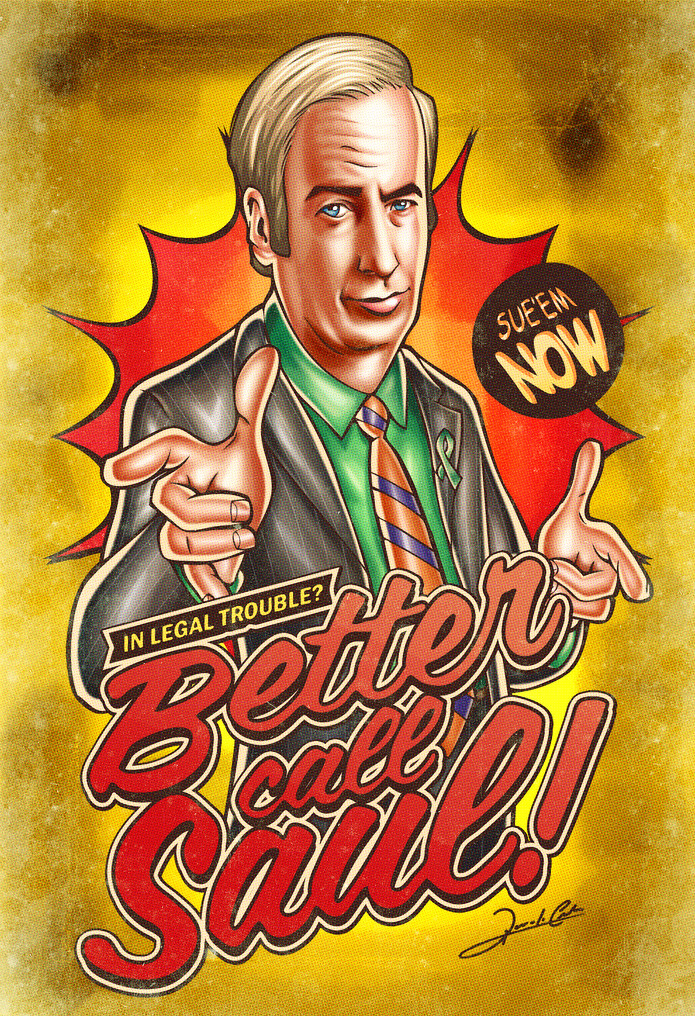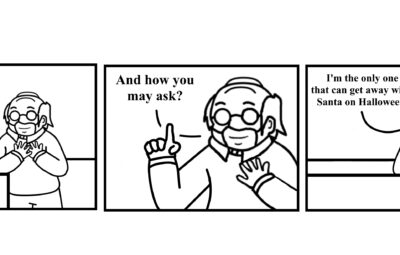Photo Credit | Creative Commons | Robert Sullivan

Vince Gilligan’s “Better Call Saul” answers the question we all ask during our true crime documentary binges: “What lawyer would ever take this case?” The answer is simple: Jimmy McGill.
Everyone’s favorite shady attorney at law from “Breaking Bad” is back, and at the forefront of his own television origin series. Tune in to see how the lovable and charismatic Jimmy slowly becomes the unstoppable and uncompromising Saul Goodman “Breaking Bad” fans know and love.
“Better Call Saul” begins years before we meet Goodman (McGill), focusing on the early days of Jimmy’s career as an attorney. As the show progresses Jimmy has to make choices between what’s legally ethical, and what’s self beneficial. This conflict is at the center of “Better Call Saul,” as the viewer is left to wonder how the morally conflicted and good-hearted Jimmy ends up as the ethically bankrupt Saul Goodman from “Breaking Bad.”
Jimmy isn’t the only main character, however, as “Breaking Bad’s” lovable old fixer Mike also fills the role of the protagonist for “Better Call Saul.” Each episode presents the dual-protagonists with issues that aren’t solved easily through moral means, forcing them to compromise on their ethics and slowly drift into the characters we see them as in “Breaking Bad.” This approach to an origin story is fascinating, as it gives these two characters so much more depth than they ever received in their original outing. This storytelling technique also provides an interesting situation for the audience, as we know where Jimmy and Mike both end up respectively.
Because of this each episode is tense and uncertain, with each moral quandary having the audience wonder “is this where he’ll finally break bad for good?” The cast of “Better Call Saul” couldn’t be better chosen for the roles they fill. Not only are Bob Odenkirk (Saul) and Jonathan Banks (Mike) better than ever in their returning roles, but their cast mates shine in their own right. Rhea Seehorn, Michael Mando, and Michael McKean all deliver phenomenal performances as new supporting characters to the “Breaking Bad” universe whose ultimate fates lie at the center of “Better Call Saul’s” plot.
Each cast member utilized is wonderful, and they deliver some of the best scenes to ever occupy the television screen.
“Better Call Saul” is a brother show to “Breaking Bad,” in more ways than just sharing certain characters or actors. The unique visual style of “Breaking Bad” is apparent in “Better Call Saul’s” style of shooting. The unusual angles and edits that permeate “Breaking Bad” all make their return, giving “Better Call Saul” a visual style that feels familiar while also standing on its own.
The show differs from its predecessor in its heavy reliance on color and sound in relation to its protagonists. Jimmy is a much more lively and active protagonist than Walter, characterized by how Gilligan chooses to film him. Jimmy is always the center of the scene, often monopolizing entire conversations and trials for minutes on end with his loud personality, random movie quotes and vibrant colored suits. This style suits the character, as his bravado and confidence demand more attention than the usual mild-mannered style that often accompanies scenes of Mike.
In contrast to Jimmy’s loud and colorful outbursts are dark, and silent scenes that follow Mike’s everyday life. Mike is a stoic and simple man characterized by the black and grey lighting in his scenes, and the overall lack of music in scenes focused him. Mike is methodical and silent, much like the scenes he is the focus of. He walks slowly, and deliberately, mirroring the style of shooting used in each of his scenes.
The show is masterful in how it presents itself technically, especially in regards to how different characters are portrayed and filmed. Lighting changes, music will start or stop, and the overall attitude of a scene changes entirely depending on which of the dual protagonists it follows. Because of this watching “Better Call Saul” can often feel like watching two separate, but equally engaging shows.







